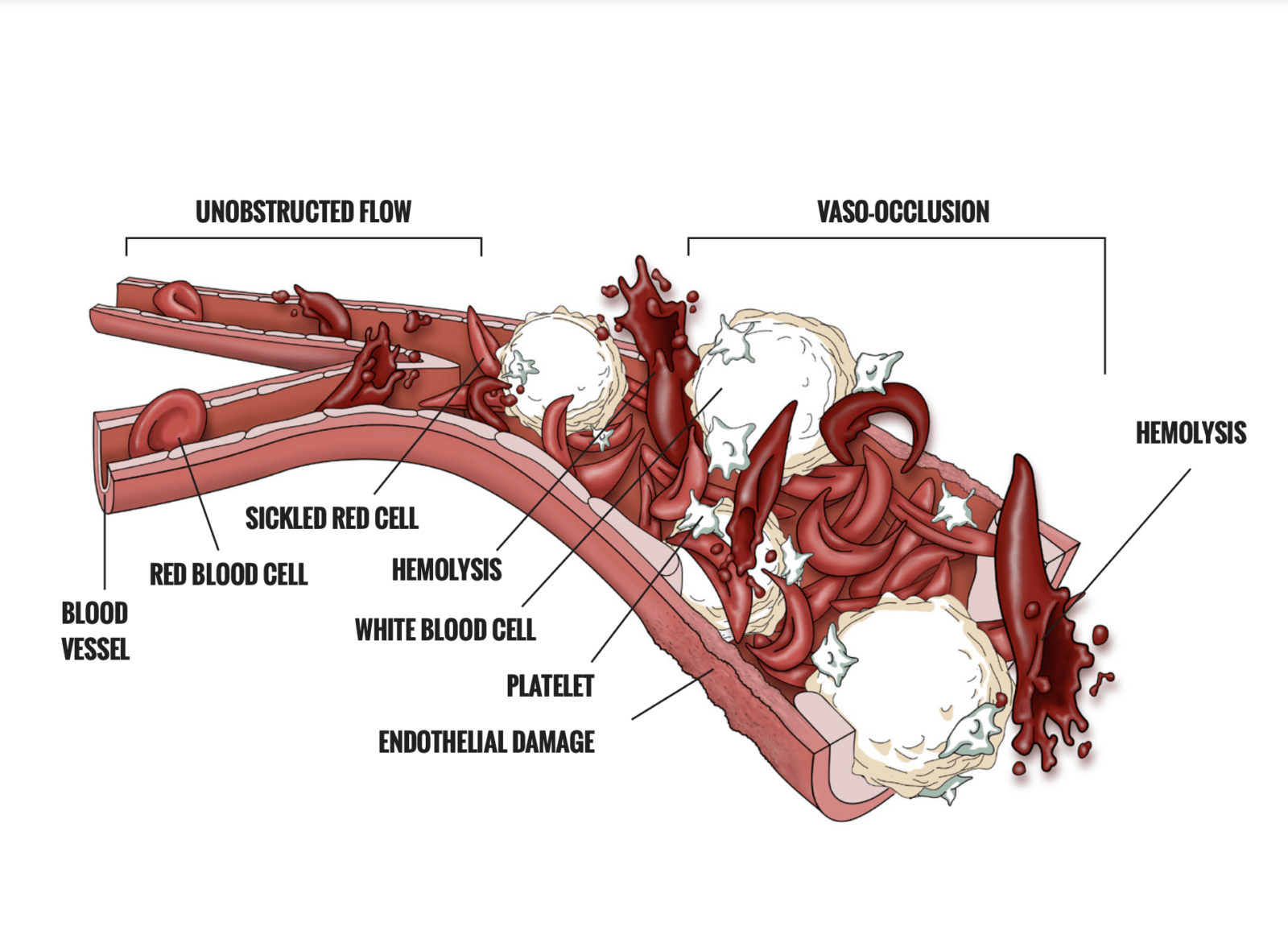
Top Pain Assessments and Their Value in Medical Decision Making
Celéri’s PainIntel™ offers access to various assessments for clients to use in a pain pathway (algorithm) such as PROMIS®29 for all new patients and then
Earlier this year (and quietly, we might add) a group of Northwestern University engineers published a study that focused on how to leverage data hiding in plain sight for pain care. The scientists developed and applied artificial intelligence (AI), or machine-learning, algorithms to physiological data. They used respiratory rate, blood pressure, heart rate, body temperature and oxygen levels from patients with chronic pain from sickle cell disease. Their approach outperformed baseline models to estimate subjective pain levels. It also detected changes in pain – atypical pain fluctuations.

Pain is subjective, so it’s tricky to assess when trying to treat patients,” said Northwestern’s Daniel Abrams, senior author of the study. “Doctors don’t want to undermedicate patients and not provide enough pain relief. But they also don’t want to overmedicate their patients because there is a risk of side effects and addiction.
Daniel Abrams, Northwestern
(senior author of the study)
The study was published March 11 in the journal PLOS Computational Biology. Find it here. Boom! This is the first paper to demonstrate that machine learning can be used to find clues to pain hidden within data from patients’ own vital signs. Watch for more blog posts on pain RWD.

Celéri’s PainIntel™ offers access to various assessments for clients to use in a pain pathway (algorithm) such as PROMIS®29 for all new patients and then
January 2025 – PRESS RELEASE – January 15, 2025. Conshohocken, PA – Celéri Health has released its AI-applied large language model (LLM), PatientFinder™, for use in
January 2024 – PRESS RELEASE – January 8, 2024. Conshohocken, PA – Celéri Health is pleased to announce its collaboration with Guam Regional Medical City on
Healthcare providers are the ultimate data contributors. Here’s why.
Health care providers submit medical claims to payers (Medicare, Medicaid, commercial insurers, etc) that generally include a Current Procedural Terminology (CPT) code, which describes the medical, interventional, surgical, or diagnostic service that was provided to a patient.
Additionally, they submit a series of International Classification of Disease (ICD-10) diagnostic codes that describe the condition the patient presented with or that was determined during the encounter. Under the typical fee-for-service reimbursement, the focus of health care organizations and managed care organizations has been on accurate CPT coding to ensure that reimbursement accurately corresponds to the services provided. In other words, document what occurred and be sure that it meets the requirements of the codes chosen. The CPT codes are eventually used in downstream data crunching for monitoring national costs of care for conditions, and healthcare usage rates.
In recent years, the medical diagnoses that support the CPT codes have taken top billing in the data world. They have taken on increasing importance because diagnosis codes have become the principal basis for risk-adjusting payments to providers and health plans under capitated or risk-based payment arrangements. The purpose of such adjustments is to fairly compensate health plans and providers for caring for sicker patients. For example, health plans participating in the Medicare Advantage (MA) program receive higher rates for enrolling individuals with multiple conditions and more complex diagnoses and those fees can be shared with the providers of care to those populations.
Pain providers, both interventional and management, typically find themselves square in the center of this kind of risk-based and data-driven thinking by managed care payers. Pain providers are likely to have multi-morbid patients in their offices (multiple ICD-10 codes in use). They also must manage high-risk patients who are at risk of ongoing morbidity. After all, pain is a disease of suffering.
Pain providers already leverage subjective data and physiological elements in their care planning. It’s the reason that simple pain scales emerged. Providers needed patients to explain the severity of their pain. Then, later, more sophisticated assessments were born to understand the nuances of pain, its drivers and its downstream effects such as impacts on sleep, work, quality of life and mental health. What can be done to maximize those efforts in the eyes of their managed care partners is to organize the gathering of the data, reference the data in provider documentation and use the data in practice-level population health and care management strategies.
Medical decision making is currently part of the Evaluation and Management selection components and decision-making naturally relies on data. The medical decision-making elements associated with codes 99202-99215 consist of three components:
1) Problem: The number and complexity of problems addressed,
2) Data: Amount and/or complexity of data to be reviewed and analyzed,
3) Risk: Risk of complications and or morbidity or mortality of patient management.
In order to select a level of an E/M service, two of the three elements of medical decision making must be met or exceeded. Often, pain providers gather data from proven scientific instruments that provide subjective patient reported outcome measures (e.g PROMIS-29, GAD-7, PHQ-9, VAS, etc) Together, a bundle of these PROs – as well as other data elements like biometrics or even biomarkers – can serve as data elements to support medical complexity requirements. Providers should reference their use of data in all of their documentation – shout it to the rooftops. Data is everything. These instruments can also create visual reports that serve as intra-exam room tools for educating and self-vesting the patients in their own care plans.
Risk is also a key component in medical decision-making for pain providers. Risk of ongoing suffering, risk of possible opioid dependence, risk of complications from interventions, risk of care plan failure. Pain patients are complicated. Their conditions often involve social determinants or conditions, physiological conditions, behavioral health conditions and much more. All must be risk-balanced within the specific case. What assists with that risk balance? Data. It can help everyone rest easy. The patient knows that data (their own and proven care paths for similar patients) was used to plan for their specific circumstance. The provider rests easy that the patient’s care plan is bolstered by data and less at-risk of failure. The patient’s managed care provider knows that their investment in the member’s care team is one based on fact-based, risk-mitigation.
Value-based care is a payment system offering financial incentives to medical providers for meeting health outcomes. It is the opposite of fee-for-service, the traditional model that reimburses providers for each procedure. MIPS participation for pain providers can also include a requirement for outcomes (e.g data) gathering.
Also, value-based care is a big fan of conservative care. Again, smack dab where the pain provider lives in their execution of clinical care. Unresolved pain can result in opioid misuse and other tragic consequences. The CDC reports that around 20.4% of adults have chronic pain, with 7.4% reporting pain that frequently limits life or work activities. To manage the pain, many Americans resort to opioids, whose short-term use can lead to addiction. It is estimated that 21%-29% of patients prescribed opioids for chronic pain misuse the drug. Beyond the human toll of the opioid misuse epidemic, the average cost to treat an opioid use disorder is $221,000. That’s just for treatment of this largely preventable disorder. The total “economic burden” of prescription opioid misuse in the United States is around $78.5 billion a year, including the costs of healthcare, lost productivity, addiction treatment, and criminal justice involvement. The pain provider who leverages data to manage patients on opioids – to prevent misuse and other downstream costs – is of high value to their managed care partners. Data from tools like Screener and Opioid Assessment for Patients with Pain-Revised (SOAPP-R)12, Opioid Risk Tool (ORT), Current Opioid Misuse Measure (COMM®), and Patient Medication Questionnaire (PMQ) are likely appreciated by those shouldering the cost of care.
Managed care organizations are likely to bet on providers who share a love of data-driven care. Providers can lean into the instruments mentioned in this blog post, execute them across their patient base, talk about their results in their documentation, share the results with the patients to collaborate on a recovery plan – and partner with managed care organizations around a data-driven pain strategy in your practice. It’s a win-win.

Celéri’s PainIntel™ offers access to various assessments for clients to use in a pain pathway (algorithm) such as PROMIS®29 for all new patients and then
January 2025 – PRESS RELEASE – January 15, 2025. Conshohocken, PA – Celéri Health has released its AI-applied large language model (LLM), PatientFinder™, for use in
January 2024 – PRESS RELEASE – January 8, 2024. Conshohocken, PA – Celéri Health is pleased to announce its collaboration with Guam Regional Medical City on
